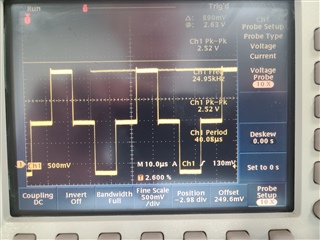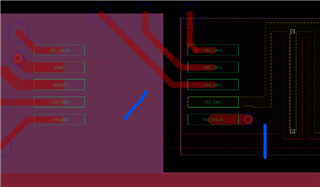GetCapacitance return value <nil> cap 1.2263946044810243
GetCapacitance return value <nil> cap 0.14561423563481177
GetCapacitance return value <nil> cap 0.02596784026825179
GetCapacitance return value <nil> cap 0.034503124523700655
GetCapacitance return value <nil> cap 0.01764212772443225
GetCapacitance return value <nil> cap 0.02773967383020881
GetCapacitance return value <nil> cap 0.020709495503734188
GetCapacitance return value <nil> cap 0.011869379667733578
GetCapacitance return value <nil> cap 0.0034865112025605854
GetCapacitance return value <nil> cap 0.017604023776863282
GetCapacitance return value <nil> cap 0.030006858710562415
GetCapacitance return value <nil> cap 0.004381953970431337
GetCapacitance return value <nil> cap 0.014022252705380277
GetCapacitance return value <nil> cap 0.013260173754000914
GetCapacitance return value <nil> cap 1.2303193110806279








